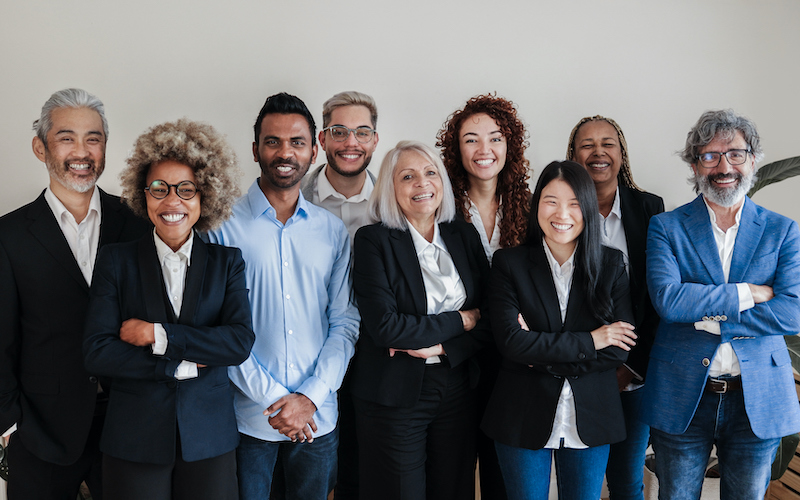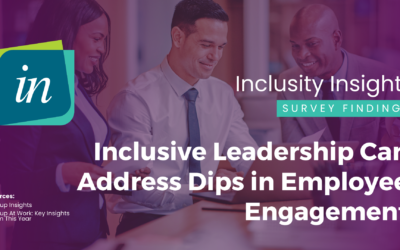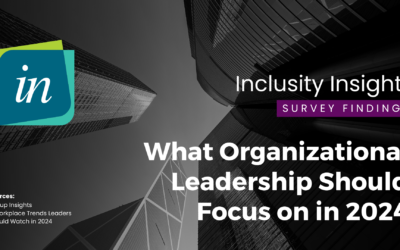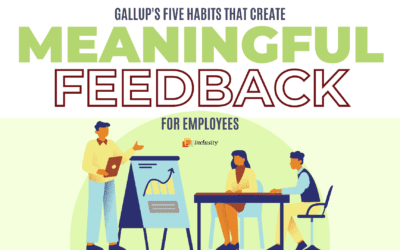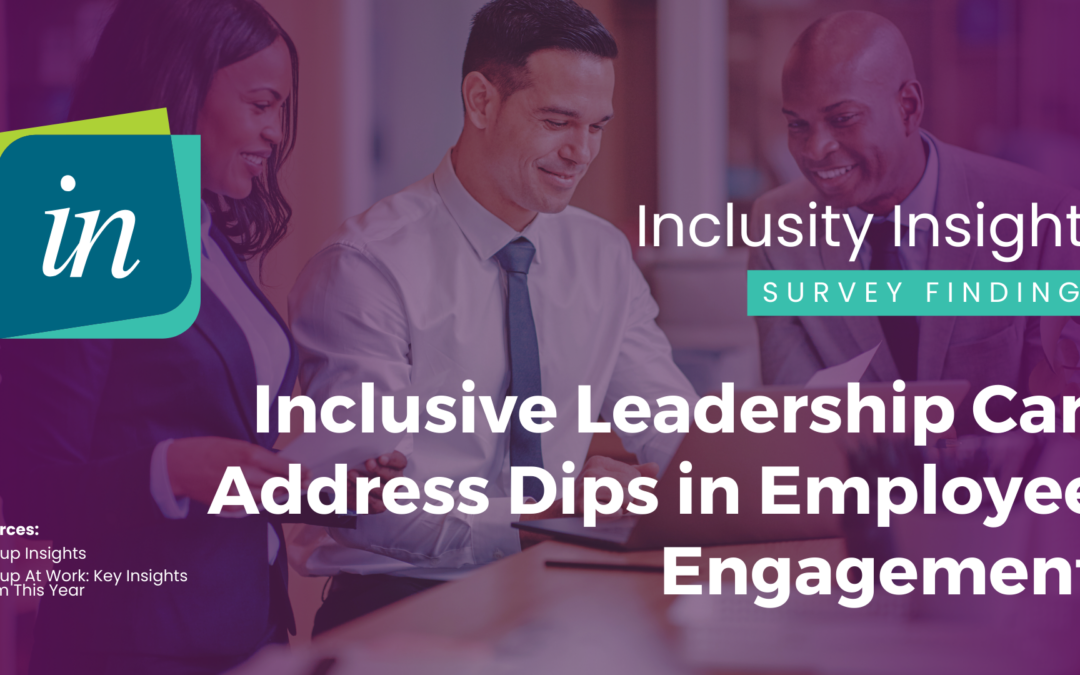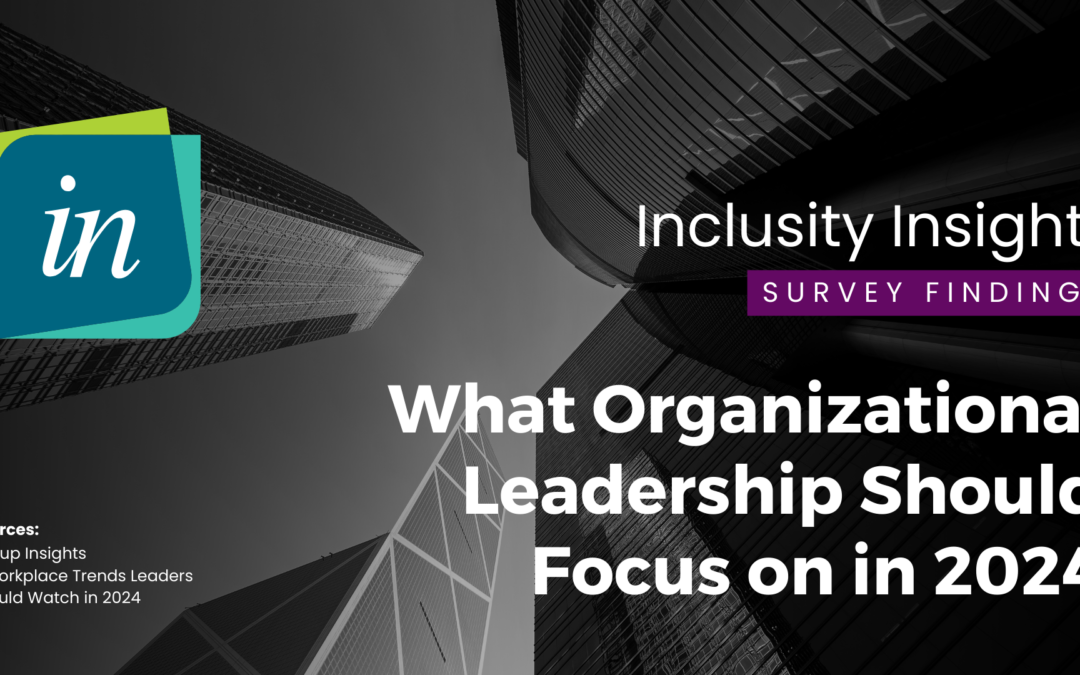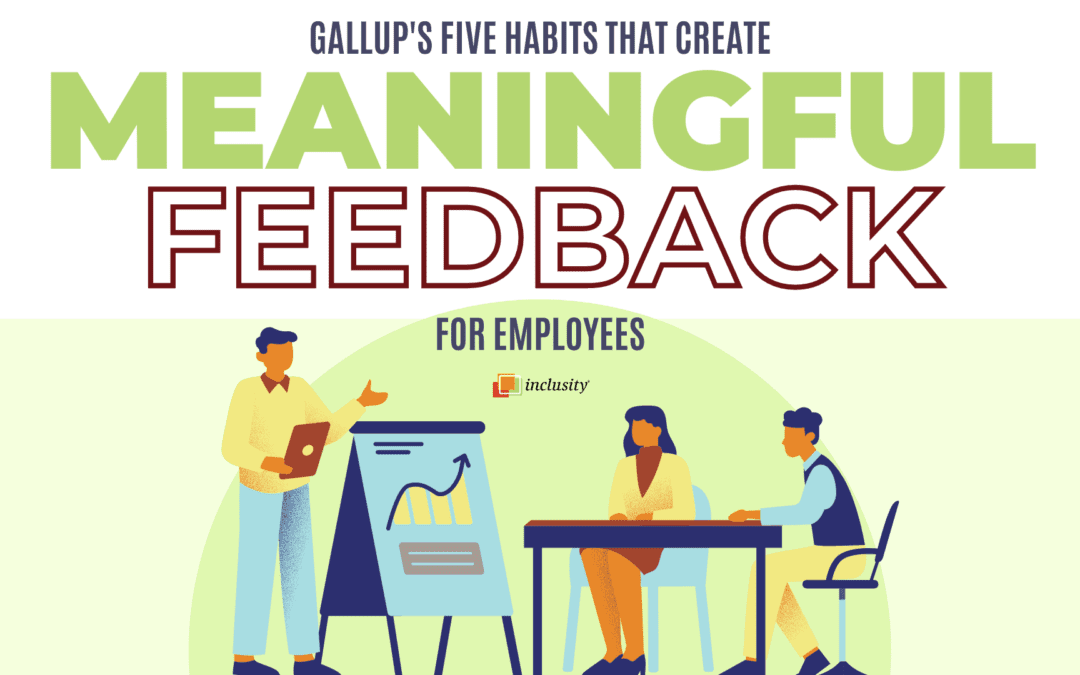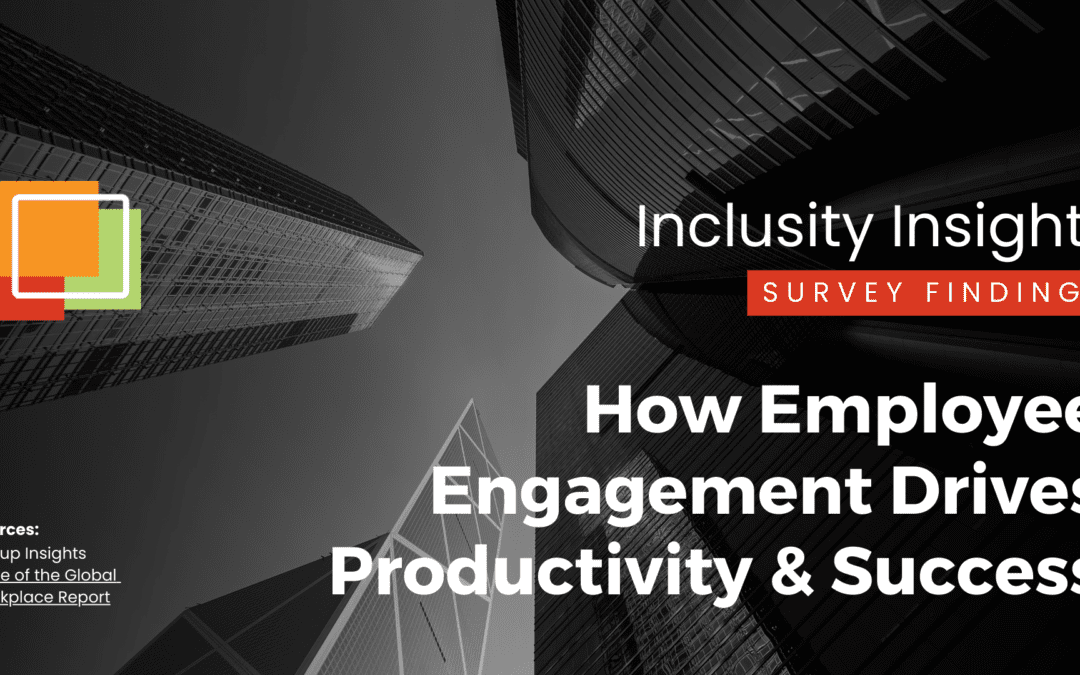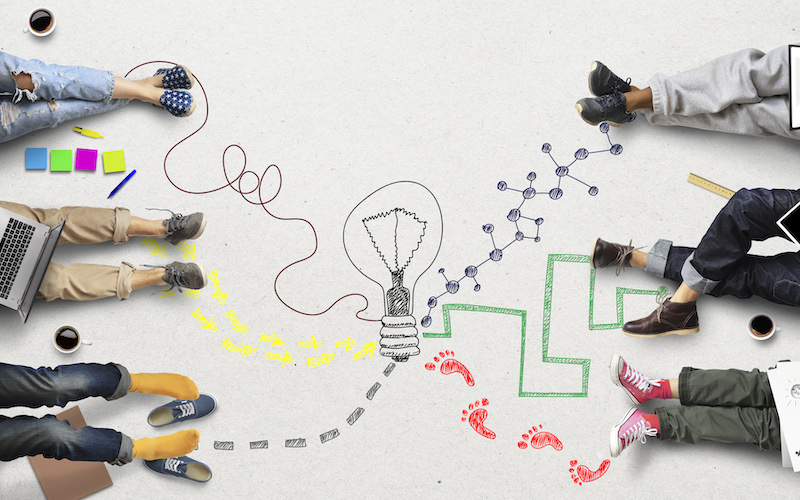For the first time in history, there are five generations of employees in the workforce. From seasoned Traditionalists with years of experience to Generation Z-ers, workplaces are becoming increasingly varied by age.
Because of the spectrum of ages, differences in the workplace can range from differences in beliefs to differences in working styles. Managing a multigenerational workforce with many potential different perspectives, experiences, values, and goals poses a unique challenge. The goal is to make our teams cohesive, regardless of their members’ age, understanding that no generation is better than any other and valuing other generations’ strengths and what ours might lack.
What exactly is generational diversity?
Often, when companies focus on improving diversity, they focus on gender, sexual orientation, or ethnicity. However, age and generations are also forms of diversity in the workplace. And generational diversity should be embraced, celebrated, and fostered with inclusion and belonging.
When you work to create generational diversity in your workplace, it means that a wide range of generations are represented within your organization. You may be working alongside colleagues from several different generations, including:
- Traditionalists or The Silent Generation (1928-1945)
- Baby Boomers (1946-1964)
- Gen X (1965-1980)
- Millennials (1981-1996)
- Gen Z (1997-2012)
To manage a workforce spanning multiple generations, the organization can help each generation understand one another and overcome ageism, unconscious bias, and stereotypes. These generational biases can harm workplace relationships when differences are used to stereotype and label others due to their age. However, appreciating the generational perspective will lead to greater inclusion and less unconscious bias.
Why does generational diversity matter?
While every individual is different, there are some common differences in how people born at different times perceive their work and their workplace. Understanding these differences can help you identify what may be causing conflict and find ways to resolve it. Understanding each other’s views and values will also allow different generations to increase their appreciation of one another. When people feel heard, understood, and valued, this leads to better communication, collaboration, and inclusion.
Truth is, we need people of all generations to make organizations effective. You want the “getting the job done” attitude of the Traditionalists, the teamwork skills of Baby Boomers, the self-reliance of Generation X, the multitasking abilities of Millennials, and the entrepreneurship of Generation Z. Combined, these qualities create a mixed, high-performing team.
How to embrace generational diversity?
Although organizations benefit from the talents, interests and desires of employees from multiple generations, ensuring those differences are recognized, understood and appreciated requires intention and effort. Here are ways organizations can create community among generations while establishing a diverse and inclusive culture.
Avoid making age-based assumptions and stereotyping. To take full advantage of your multigenerational workforce, avoid making assumptions or stereotyping based on age. Instead, talk to each of your employees and learn about their individual preferences and working styles. Stereotypes such as “he’s too old to learn a new computer program” or “she’s too young to lead a team” can be limiting and counterproductive.
Encourage various working styles. In the workplace, different generations can have vastly different work styles. This could stem from a variety of reasons, such as technology and education. As the workforce becomes more diverse, it is important to acknowledge and understand these differences.
Focus on commonalities. An organization with positive generational diversity in the workplace doesn’t focus on the things that keep generations separated, instead focusing on what we all have in common.
Adapt your communication style. There are likely differences in preferred communication styles between the generations. Think of multiple ways to communicate your message. Using multiple communication streams can foster an inclusive culture.
Create opportunities for cross-generational mentoring. Creating a mentoring relationship where generations share their experiences, skills, and work practices helps individuals become familiar with each generation’s differences and strengths. This mutual understanding can help bring these generations closer together and create a more positive and productive work environment.
By understanding each generation’s value, employers can create an inclusive environment where everyone feels appreciated and respected. The more inclusive you can be, the more likely you’ll build a cohesive group that supersedes generational stereotypes. If you’d like support building an inclusive workplace culture, check out Inclusity’s training programs.

